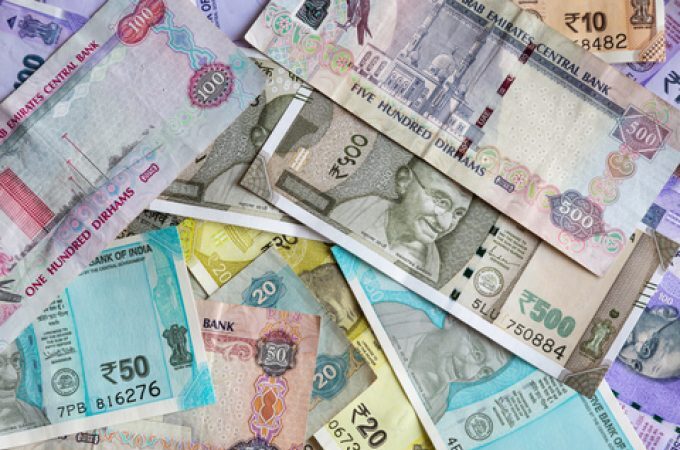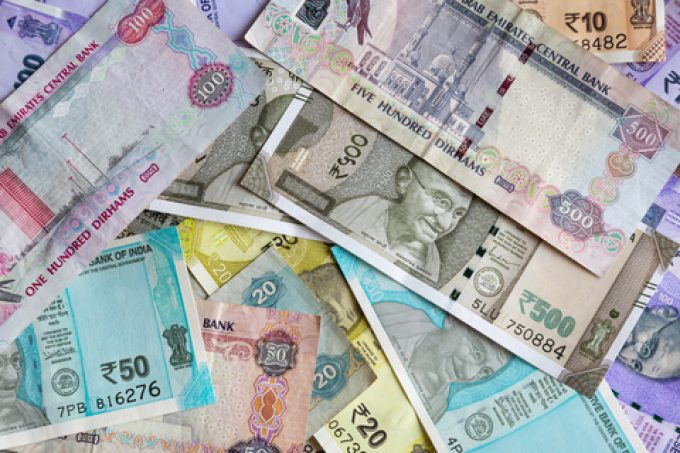

© Tiby Cherian
After a free trade deal last year, India and the UAE are looking to further consolidate economic ties, as bilateral shipments show signs of an acceleration.
Both countries last week agreed to start transacting exports/imports in their own currencies, the rupee and dirham, instead of dollar payments generally done through the SWIFT network.
The agreement – between Reserve Bank of India (RBI) and Central Bank of the UAE (CBUAE) – follows a visit by Indian prime minister Narendra Modi to Abu Dhabi.
A joint statement noted: “The framework will also seek to streamline payment services in both countries through linking their instant payment platforms, local payment card systems and financial messaging systems.”
India-UAE trade, by value, has seen significant traction, estimated to have hit some $85bn, officials claimed. Both sides have vowed to boost that level to $100bn under the trade deal, which launched in May 2022.
New Delhi has been vigorously pushing for ‘rupee-denominated’ transactions as the US dollar appreciated considerably against the rupee. And Ukraine-related western sanctions on Russia meant India’s long-time strategic partner found itself out of international payment modes.
Following the passage of an alternative currency trading policy by RBI a few months ago, some 18 countries have reportedly expressed interest in trading in the rupee, which included Sri Lanka, Germany, the UK and Singapore. Rupee invoicing, arguably, lends an opportunity for Indian exporters/importers to mitigate the risk of exchange rate fluctuations amid growing profitability challenges.
Mahesh Fogla, executive director at Mumbai-based 3PL Patel Integrated Logistics, told The Loadstar: “Exporters and importers between India and the UAE will no longer have to worry about hedging against the dollar, resulting in more streamlined and cost-effective trade transactions.”
Meanwhile, Indian merchandise exports, by value, plunged 22% year on year last month, the steepest monthly decline in three years, while fiscal year Q1 (April-June) saw a 15% drop, according to new data.
As a consequence, the Indian apparel industry, which had bet on the trade diversification opportunity, is facing serious demand challenges, according to market sources. They said mounting losses had already forced some textile mills in southern India, particularly Tamil Nadu, to scale down capacity or even shut production temporarily.
Elsewhere in the subcontinent, Sri Lanka and Pakistan have had to deal with serious foreign exchange shortages in recent months, putting their ocean and air transport services in disarray.
You can contact the writer at [email protected].

